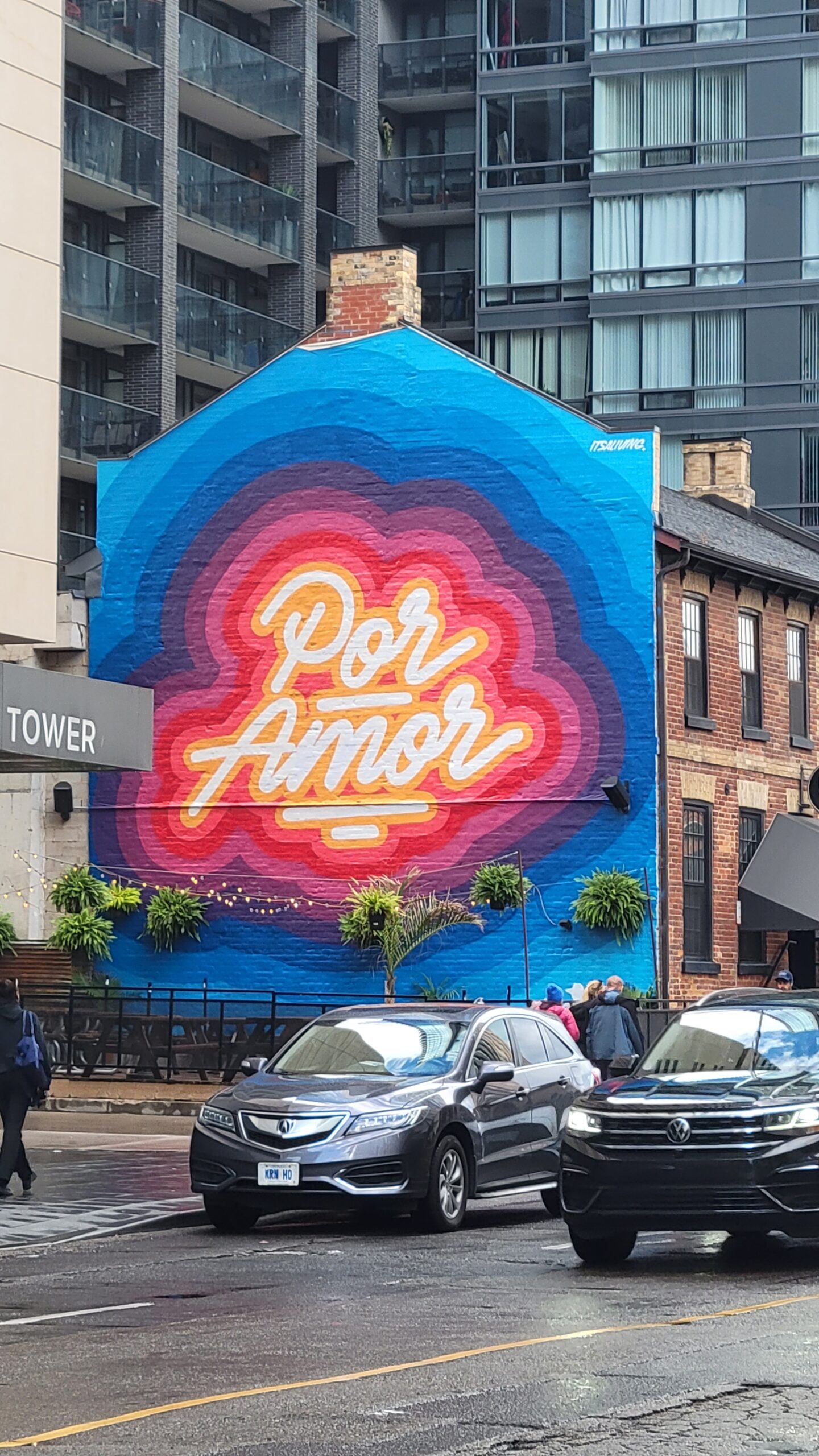Introduction
(Estimated reading time: 3–4 minutes)
When we start learning a new language, it’s easy to focus on grammar charts and vocabulary lists, very predictable, very artificial. But sometimes, the words that truly stay with us come from life in an organic way: from the noise, the surprises, and those little moments that catch us off guard. That’s exactly how I learned my first word from real life.
The Day I Learned “Scaffolding”
Not long ago, I heard someone describe the A1 and A2 Spanish levels like this:
“Think of them as building the scaffolding of the language: the sounds, the essential structures, and the high-frequency vocabulary.”
I loved that image, especially because scaffolding happens to be the first out-of-the-box (or should I say out-of-the-textbook?) English word I ever learned. When I first moved to London, one morning I woke up to my housemate running around shouting, “Scaffolding! Scaffolding! Can you believe it?!”. I had absolutely no idea what he was talking about. He was pointing out the window, looking shocked, repeating the word as if the world were ending. And then I saw it: our entire building was suddenly wrapped in metal poles and wooden planks. Overnight! No one had told us they were putting it up. Meanwhile, I stood there completely lost, not just about the situation, but about the word itself. Scaffolding? What did that even mean?
That chaotic morning was the first time I truly realised I was living in an immersive learning environment where language comes to you not through exercises, but through life: unexpected, messy, real.
The Scaffolding of Spanish
And that’s why I love the metaphor of scaffolding so much. When people start learning Spanish as beginners, they’re really building their own linguistic scaffolding: a solid base made of sounds, simple structures, and everyday vocabulary.
Those first A1 and A2 levels might seem basic, but they’re what hold everything else together: fluency, confidence, creativity. I mark that moment as the true beginning of my language fluency; the point when I started using English in real life. That became my real foundation, not the many years I had spent in a classroom as a passive learner among 25 other students, listening to the teacher repeat and repeat “packaged” sentences, dialogues that would never happen in real life, or concepts that simply weren’t useful.
Words and the People We Learn Them From
Over the years, I’ve also noticed something else: I tend to associate certain words with the people I learned them from. If a word was especially funny or challenging, I remember exactly who said it, I mean, forever.
Each new word has a story and a face attached to it. That never happens in my native language, of course. I don’t remember who taught me mesa or zapato. But when we learn a foreign language as adults, every new word feels like a small discovery, full of emotion, context, and human connection.
How I Teach Spanish
And that’s what I try to create in my Spanish classes: real, memorable experiences that make words stick, not just lists to memorise, but conversations, laughter, and little stories you’ll never forget.
That’s also why my preference will always be to work in one-to-one sessions, where students have the time and space to practise properly, and I have the opportunity to guide them until they can communicate in Spanish instinctively. Because that’s how you build your true scaffolding in Spanish, not just with grammar, but with life itself.
Your Turn!
Do you remember the first word from real life you learned in another language, one that didn’t come from a textbook?



